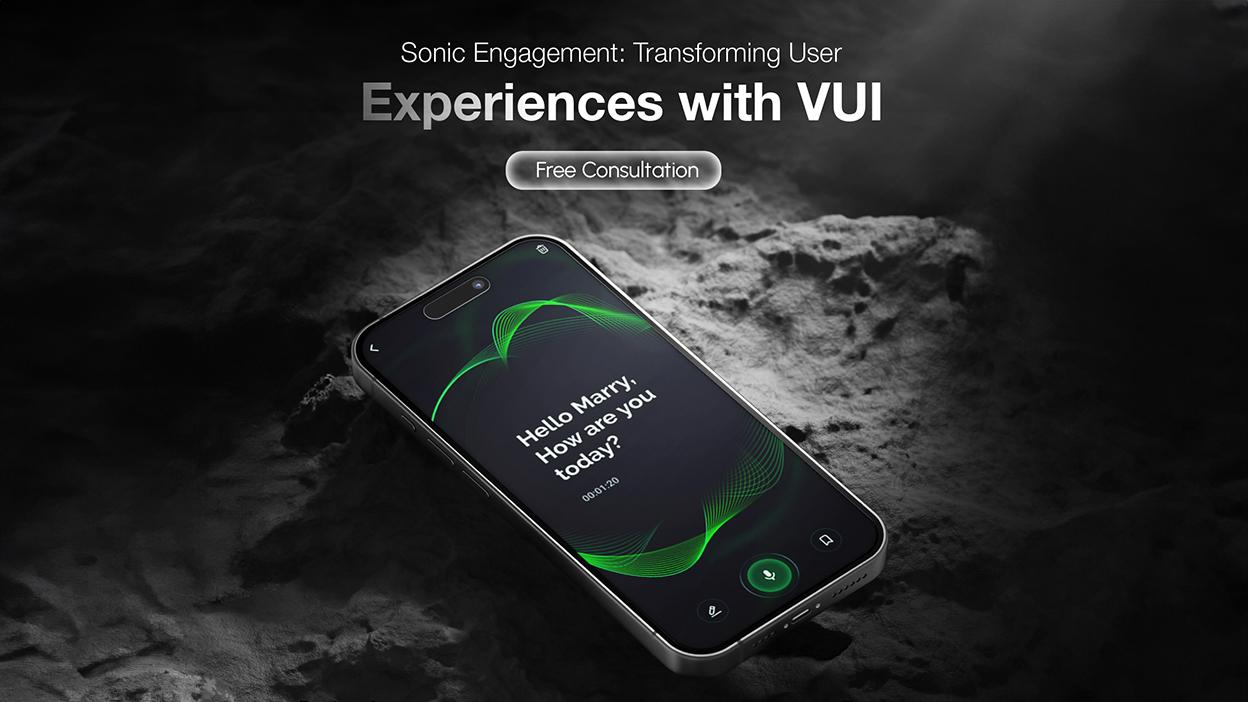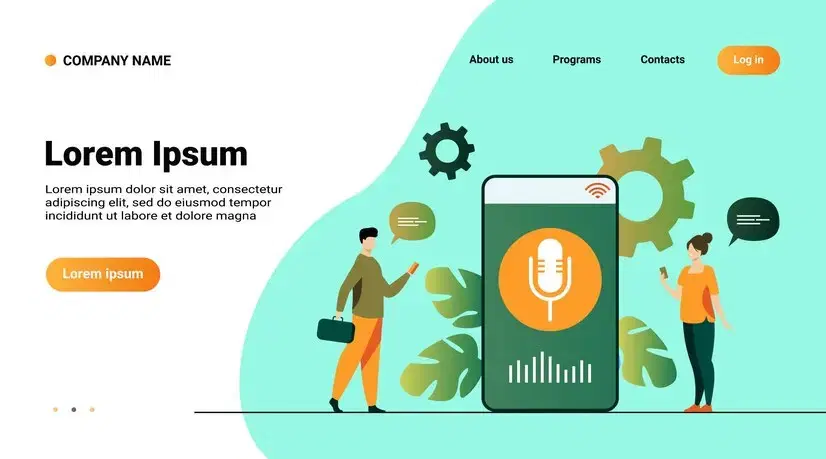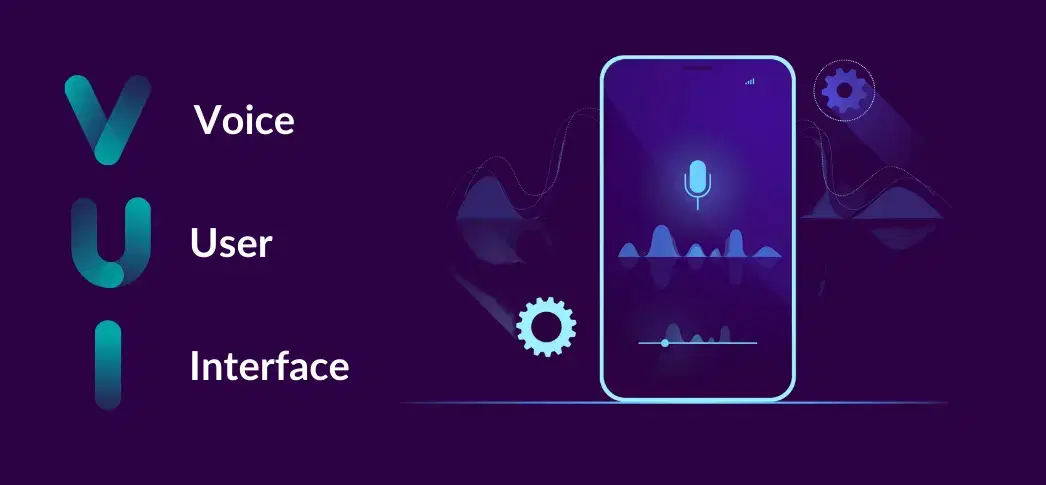Voice User Interface (VUI) and Its Impact on User Engagement
Author
Share This Article

Table of Contents
The Impact of Voice User Interface (VUI) on User Engagement
Introduction:
In today’s tech-driven world, Voice User Interfaces (VUIs) have emerged as a powerful tool for enhancing user engagement. With the rise of smart devices and virtual assistants, such as Amazon’s Alexa and Apple’s Siri, the way users interact with technology is evolving rapidly. This article explores the profound impact of using VUI for user engagement and provides insights into how businesses can leverage this technology to create more immersive and interactive experiences.
Table of Contents:
Understanding Voice User Interfaces (VUIs)
The Importance of User Engagement
How VUIs Enhance User Engagement
Design Principles for Effective VUI Engagement
Practical Applications of VUIs in Various Industries
Challenges and Considerations in VUI Development
The Future of VUIs and User Engagement
Conclusion

Understanding Voice User Interfaces (VUIs)
Voice User Interfaces (VUIs) are software systems that allow users to interact with devices and applications using spoken commands or natural language. Unlike traditional user interfaces, which rely on visual elements like buttons and menus, VUIs enable hands-free and eyes-free interaction, making them accessible to a wide range of users, including those with disabilities.

The Importance of User Engagement
User engagement refers to the level of interaction and involvement users have with a product or service. High levels of user engagement are crucial for businesses as they lead to increased customer satisfaction, loyalty, and ultimately, business success. However, engaging users in today’s fast-paced digital landscape can be challenging, which is where VUIs come into play.
How VUIs Enhance User Engagement
VUIs offer several advantages that enhance user engagement:
Convenience: Users can interact with devices and applications using natural language, making the experience more intuitive and convenient.
Personalization: VUIs can learn from user interactions and preferences, providing personalized responses and recommendations.
Accessibility: VUIs make technology more accessible to users with disabilities or those who are unable to use traditional interfaces.
Multi-Modal Interaction: VUIs can be combined with other modalities, such as touch and gestures, to create more immersive and interactive experiences.

Design Principles for Effective VUI Engagement
To maximize user engagement with VUIs, designers should consider the following principles:
Natural Language Understanding: VUIs should be able to understand and respond to a wide range of natural language inputs.
Contextual Awareness: VUIs should be aware of the context of the interaction and provide relevant responses accordingly.
Feedback and Confirmation: VUIs should provide feedback and confirmation to users to ensure they understand the system’s responses.
Error Handling: VUIs should be able to handle errors gracefully and provide helpful guidance to users when necessary.

Practical Applications of VUIs in Various Industries
VUIs are being used in a variety of industries. However, there are some practical implications of using VUI for user engagement:
Retail: VUIs are used for voice-based shopping assistants and personalized product recommendations.
Healthcare: VUIs are used for virtual health assistants and medication reminders.
Hospitality: VUIs are used for voice-activated room controls and concierge services.
Finance: VUIs are used for voice-based banking services and financial advice.
Challenges and Considerations in VUI Development
While VUIs offer many benefits, there are also challenges and considerations to keep in mind:
Privacy and Security: VUIs may raise concerns about privacy and security, especially when dealing with sensitive information.
Accuracy and Reliability: VUIs must be accurate and reliable in understanding user inputs and providing appropriate responses.
Integration and Compatibility: VUIs must be seamlessly integrated with existing systems and compatible with a wide range of devices and platforms.

The Future of VUIs and User Engagement
The future of VUIs holds exciting possibilities for enhancing user engagement:
Advancements in Natural Language Processing: Continued advancements in natural language processing will make VUIs even more intelligent and intuitive.
Integration with Emerging Technologies: VUIs will be integrated with emerging technologies such as artificial intelligence and augmented reality to create even more immersive experiences.
Expansion into New Industries: VUIs will continue to expand into new industries and applications, further enhancing user engagement across various domains.
Conclusion
Voice User Interfaces (VUIs) are transforming the way users interact with technology and are having a profound impact on user engagement. By providing convenient, personalized, and accessible experiences, VUIs are helping businesses enhance user satisfaction and drive success in today’s digital landscape. As technology continues to evolve, the potential for VUIs to further enhance user engagement is limitless, making them a valuable tool for businesses looking to stay ahead in the ever-changing world of technology.